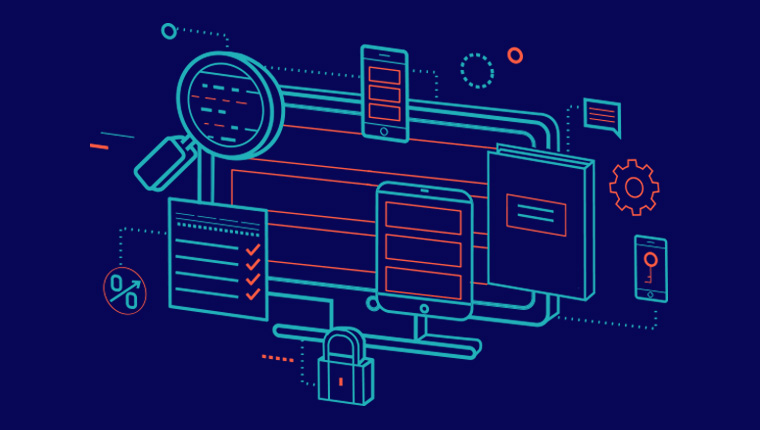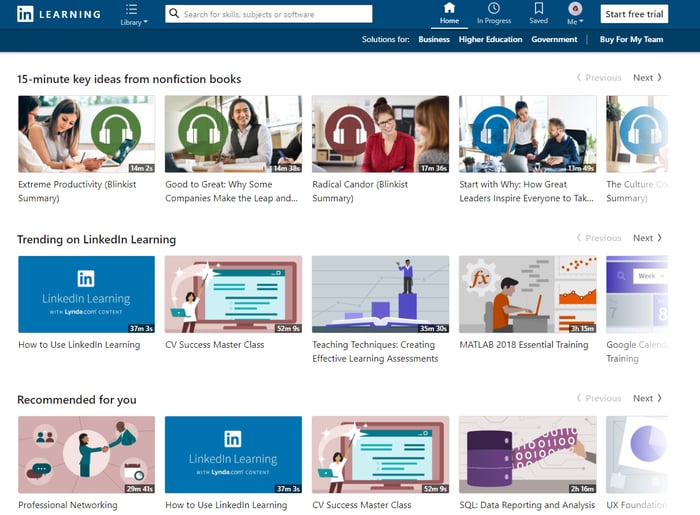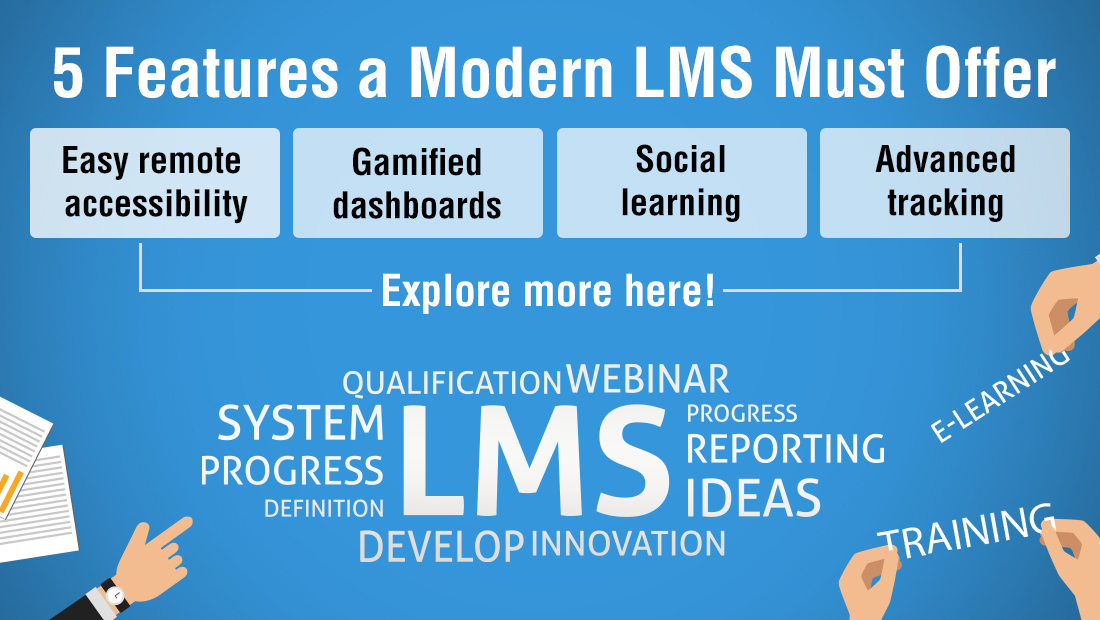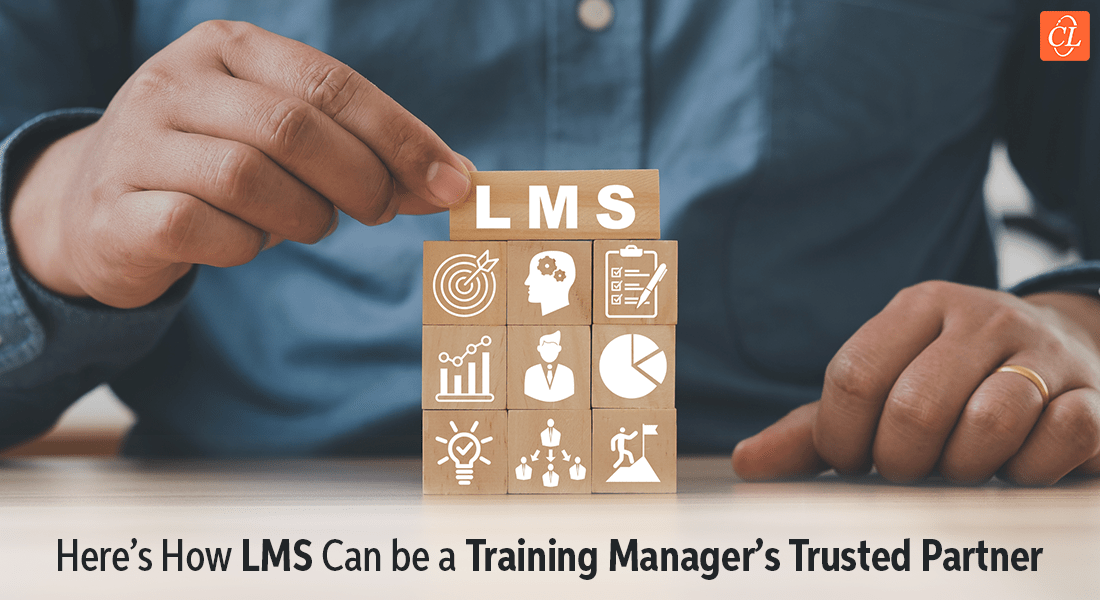Learning Experience Platform (LEP): A Simple Guide for Beginners

What kind of learning would your employees prefer? Ever thought about this while you’ve been churning out training programs for them? The 2019 Learning in the Workplace survey revealed that 95% of employees felt that learning on the job is very important and essential. This was followed by knowledge sharing at 91% and web search at 80%. The LMS in your organization may not be equipped to handle the demand for such informal learning experiences. This is where the Learning Experience Platform or Learning Engagement Platform, also known as the LEP or LXP steps in.
What’s an LEP and its Key Features?
A Learning Experience Platform or LEP can be integrated with an LMS, and could be termed as the next-gen LMS that has learner engagement as its key focus. An LEP offers:
- An elegant, intuitive interface
- On-demand access to diverse content
- An integrated learning platform
What’s a Learning Experience Platform (LEP)?
An LEP or LXP is a learning platform that can be termed as the next-gen LMS, where learner engagement is key. The learning resources could include digital training programs, content curated from the Internet, and user generated content as well.
The LEP can be compared to a Netflix experience. If you can recollect your Netflix surfing experience, you would remember seeing movies listed by genre and a preview window or an image that tells you what the movie is about. You also have other options such as “most popular” or “recommended for you” based on the genre of movies you’ve viewed earlier.
Similarly, an LEP can recommend training programs based on your current role or on the history of your learning experience. A personalized learning experience is provided by giving learners access to information they might be interested in. An LEP can be integrated with various HRIS, LRS (Learning Record Store) and LMSs available in the market.
Why are Learning Experience Platforms (LEPs) Gaining Popularity?
The LMS in your organization is capable of rolling out and tracking the progress of learners. You might wonder if an LMS isn’t enough to deliver training programs, especially when you have a repository of engaging eLearning programs. But the reason LEPs are gaining popularity is that it offers a platform for various learning experiences such as blogs, videos, podcasts, microlearning, infographics and much more, apart from eLearning.
What are the Key Features of an LEP?
1. Provides an Elegant and Intuitive User Interface (UI)
An LEP is all about engaging learning experiences and it begins with an elegant, modern UI. Content presented in Netflix-style certainly makes it easy and interesting for learners. Intuitive navigation and excellent search functionality provided by the LXP lets learners access the content they need.
LinkedIn Learning is an example of an LEP that you might be using often. Workday Learning, Pathgather, and Salesforce MyTrailhead are a few other examples. Here’s a screenshot from LinkedIn Learning. Notice how learners can easily pick content that’s trending or use the list of recommended courses to get started with their learning experience on the platform.

2. Facilitates On-Demand Access to Diverse Content
An LEP lets you upload learning resources in diverse formats and that makes it easy to cater to different learning styles. For instance, if you are a visual learner, you could choose a video or if you’re an auditory learner, you could pick a podcast or audio. You can choose the modality of learning you prefer.
You could also add user-generated content to the LEP (there are exceptions as not all LEPs support UGC currently), thus enabling employees to share quick learning resources they’ve created, with their peers. All these informal learning experiences could prove to be valuable assets to employee learning and development. An LEP has turned ‘learning in the flow of work’ a reality.
Another advantage of an LEP is that it provides learning recommendations based on the historical data, learners’ interests, and profile attributes. By allowing various formats of content that augment the learning experience and by targeting learners with content that’s of interest to them, an LEP has made it possible to deliver personalized learning. When a learner accesses the Learning Experience Platform, he/she sees a personalized homepage that displays content they might be interested in consuming.
3. Functions as an Integrated Learning Platform
An interesting feature of a Learning Experience Platform (LXP) is that it can be integrated with other technologies used in the organization such as xAPI, LRS, Single Sign-On (SSO), HRIS, and so on. You can track every small experience that learners go through while completing a training program and use that information to enhance training. For example, if you track that learners have been unable to answer a question posed in scenario-based learning, you might have to provide additional explanation or give similar scenarios as examples to help learners relate to the content. An LEP is capable of providing in-depth data for analysis.
Can an LEP Replace an LMS?
The answer to that question would be ‘No’ (as on date) because LEPs are still evolving. And, why would organizations want to give up on an LMS they’ve invested in, unless it’s really outdated? The good news is, an LEP can be integrated as a layer on your LMS.
Here are some differences between an LMS and LEP:
- An LMS is administrator-driven, i.e., the LMS administrator is responsible for uploading content on the LMS. Employees can’t influence the choice of content being uploaded. On the other hand, with an LEP, employees can upload and share content (a feature that’s provided by some LEPs currently).
- The LMS is quite restrictive because training resources assimilated from external providers can’t be uploaded. An LXP is more open, allowing every learner to become a content curator and upload content.
- An LMS serves the purpose of rolling out training programs employees are expected to complete. With an LEP, employees themselves can upload learning resources that could be useful to their peers. This helps in providing a pull-learning experience as employees voluntarily look up the information they need, both for professional and personal development.
An LEP goes beyond the traditional LMS by offering an experience-centric platform that puts employees in charge of their learning experience. Social collaboration supported by the LEP makes learning an engaging process. If you have invested in a modern LMS, then you might find that most of the features offered by the LXP are already integrated in the LMS. Where the LEP can really step up the game is when organizations look at more immersive learning experiences such as virtual reality, artificial intelligence, and augmented reality. We’ll have to wait and watch what the future unfolds for Learning Experience Platforms.





